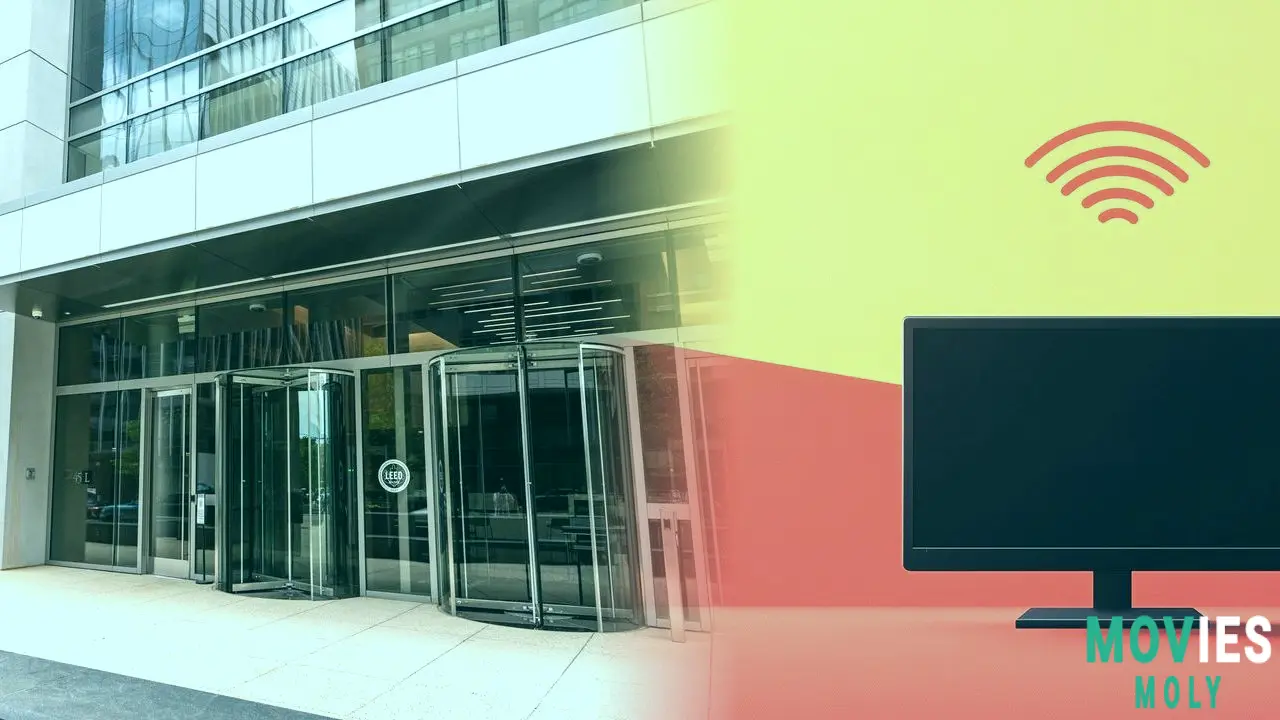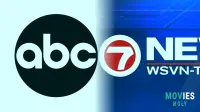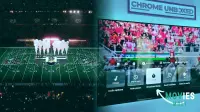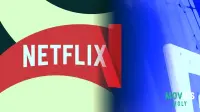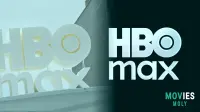Big news for anyone who loves their local TV! The FCC just approved some game-changing rules that are set to speed up the nationwide transition to Nextgen Tv, also known as ATSC 3.0. This means a more flexible, viewer-centric future for broadcasting is coming your way sooner than you might think!
TL;DR: The Quick Scoop on NextGen TV Acceleration- The FCC voted on October 28, 2025, to adopt new rules that will accelerate the transition to NextGen TV (ATSC 3.0).
- Mandatory simulcasting requirements for existing ATSC 1.0 signals are being removed, giving local broadcasters more control over their upgrade timelines.
- Get ready for 4K Ultra HD, immersive audio, interactive features, personalized content, and super-powered emergency alerts on your TV.
The Federal Communications Commission Paves the Way for Enhanced Television
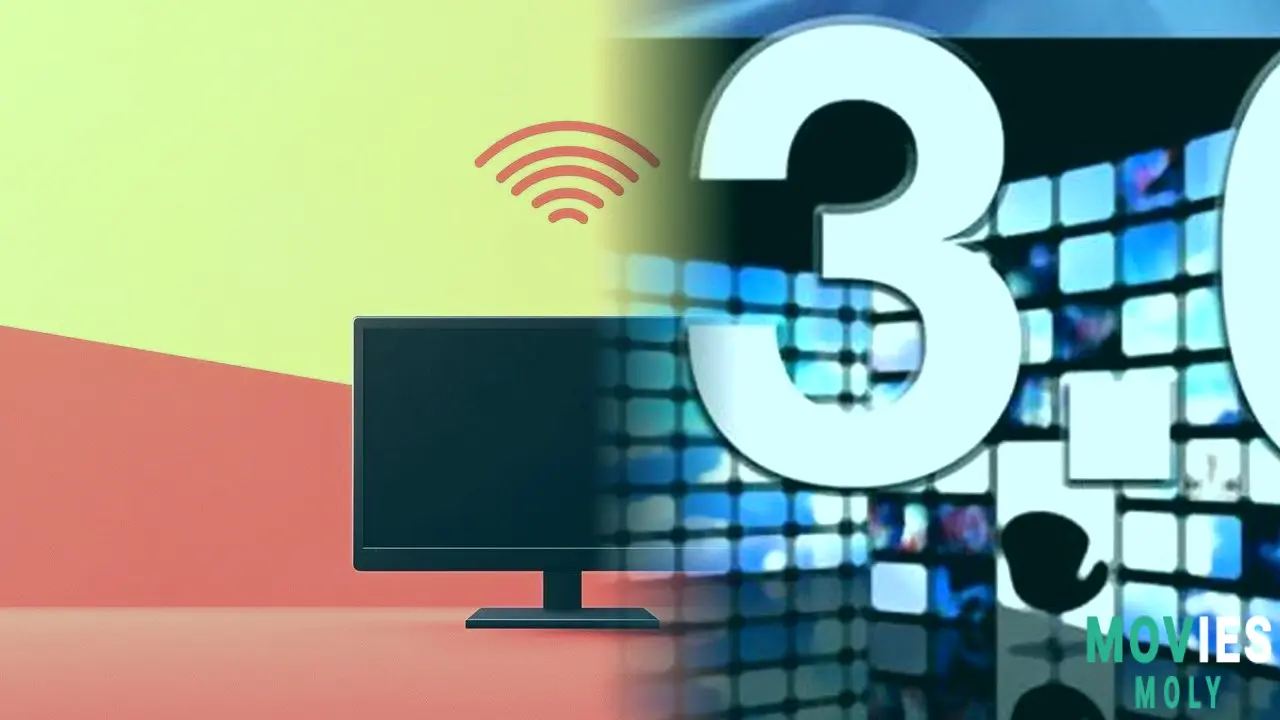
Hold onto your remotes, because the future of television broadcasting is getting a major push forward! On October 28, 2025, the Federal Communications Commission (FCC) adopted a "Further Notice of Proposed Rulemaking" (NPR) that aims to significantly accelerate the transition to NextGen TV, or ATSC 3.0, across the United States. This isn't just a technical tweak; it's a foundational shift designed to bring a whole new level of broadcasting directly to your living room.
What's the big deal? Well, the FCC is shaking things up by eliminating some long-standing mandatory simulcasting rules. Previously, broadcasters upgrading to ATSC 3.0 had to keep their older ATSC 1.0 signals running, often by partnering with other local stations. This was a bit of a logistical headache since they couldn't transmit both formats from the same facility. Now, local stations will have way more flexibility to decide when and how they make the switch, giving them "greater freedom to meet those local community needs," according to FCC Chairman Brendan Carr.
Why This NextGen TV Change is a Huge Win for Local Broadcasters
This move by the FCC is all about empowering local broadcasters. Chairman Carr highlighted that "local broadcasters have unique insights into what works best in their communities." By removing the red tape, the FCC is betting that a "voluntary, market-based approach" will actually speed up the adoption of NextGen TV, rather than specific deadlines or mandates.
This contrasts sharply with the mandatory analog-to-digital conversion back in 2009. This time, the commission is looking to "support and accelerate the nation’s ongoing voluntary market-based broadcast television transition to NextGen TV," as explained by FCC Secretary Marlene Dortch. Essentially, they're clearing regulatory obstacles so stations can innovate faster and better serve their audiences.
The National Association of Broadcasters (NAB) is definitely on board, even though they had previously favored a hard deadline for the transition. NAB CEO Curtis LeGeyt stated that the FCC's action is a "meaningful step toward realizing the full benefits of NextGen TV" and applauds the commissioners for "clearing the path for broadcasters to better serve viewers." He noted that NextGen TV is "already on the air in more than 80 markets," showing that momentum is building!
Experience the Future: What NextGen TV Brings to Your Screen
So, what does all this technical and regulatory talk mean for you, the viewer? A whole lot of awesome, actually! NextGen TV isn't just another incremental upgrade; it’s designed to transform your viewing experience. Think of it as traditional broadcast reliability fused with digital platform agility.
Sharper Visuals and Immersive Audio Experiences Are Coming
- Stunning 4K Ultra HD with HDR: Get ready for incredible picture quality with sharper details, truer colors, and greater contrast. Your favorite shows and movies will look better than ever before.
- Immersive Dolby Audio: Experience cleaner dialogue and theater-quality surround sound right in your living room. It's like having a cinema experience without leaving your couch!
Rock-Solid Reception and Tailored Content Just For You
- Stronger, More Reliable Signal: NextGen TV uses an internet protocol (IP)-based transmission system, which means improved signal strength in both bustling cities and remote rural areas. Even indoor antenna performance gets a boost, making free over-the-air TV more accessible.
- Personalized and Interactive Viewing: Imagine getting on-demand local content like news clips, weather alerts, or sports highlights tailored to your interests. You could also see interactive overlays with live stats, "more info" links, or real-time polls during a broadcast.
- Smarter Advertising: Prepare for dynamic ad insertion (DAI) that allows for addressable ads customized by household, zip code, or even demographic. This means more relevant commercials for you, and new revenue streams for broadcasters!
Life-Saving Information Through Advanced Emergency Alerts
This might be one of the most crucial upgrades. NextGen TV will deliver enhanced emergency alerts that go beyond simple text. Expect geo-targeted, multimedia alerts with maps, evacuation routes, and even live video, making critical information clearer and more effective when you need it most. Commissioner Olivia Trusty highlighted this, noting that NextGen TV holds "tremendous promise for American consumers from enhanced audio and video quality to improved public safety, accessibility, and interactive capabilities."
Behind the Broadcast: How NextGen TV Reshapes the Industry
For the broadcasters themselves, ATSC 3.0 is more than just better TV; it's a whole new business ecosystem. Commissioner Anna Gomez noted that "Television is moving to an IP-based format that supports features and functionalities that will allow broadcasters to compete more effectively with digital platforms, both on content and economics."
New Business Models and Revenue Opportunities for Broadcasters
- Premium and Interactive Services: Broadcasters can explore "freemium" models with encrypted tiers for paid premium content, subscriptions, or ad-free experiences. Interactive commerce could even allow viewers to purchase products from shoppable videos or donate during local fundraisers directly through their TV!
- Datacasting and Spectrum Monetization: Since ATSC 3.0 is IP-based, broadcasters can repurpose their spectrum to deliver non-video data securely and efficiently. This opens doors for services like automotive updates, IoT and smart city data distribution, distance learning, and public safety feeds. Essentially, a TV tower can become a regional data delivery network!
- Data-Driven Insights: Forget operating without precise viewing analytics. NextGen TV provides anonymized return-path data for real-time viewing metrics, helping local sales teams prove ROI to advertisers and informing programming decisions.
- Future-Proof Innovation: Because it's IP-based, ATSC 3.0 isn’t a static standard. It can evolve through software updates, allowing broadcasters to continuously add applications, upgrade interactivity, and innovate without another complete system overhaul.
Industry Voices: Applauding the Flexible Path Forward
The FCC’s decision, which passed with unanimous support from all three commissioners (Carr, Gomez, and Trusty), is being largely praised by key industry players.
"America’s television broadcasters are in the midst of an ongoing transition... They’re shifting to a new broadcasting standard known as ATSC 3.0 that can deliver significant benefits to consumers across the country."
— Brendan Carr, FCC ChairmanWhile the National Association of Broadcasters (NAB) is pleased, another powerful voice, the Consumer Technology Association (CTA), also welcomed the voluntary approach. CTA, which represents over 1,200 tech companies (and organizes CES!), has consistently opposed any government mandate requiring new televisions to include ATSC 3.0 tuners. Their CEO, Gary Shapiro, summed it up nicely:
"Americans should be able to choose the features they want in their TVs. Innovation thrives when consumers – not the government – pick the technology that works best for them."
— Gary Shapiro, CEO and Vice Chair, Consumer Technology AssociationThis highlights a key difference from previous transitions: the FCC is leaning into market forces and consumer choice rather than heavy-handed mandates, aiming for an organic and efficient rollout.
Looking Ahead: What Are the Next Steps for NextGen TV?This isn't the absolute final word, but it's a massive leap. The FCC will now accept public comments on the proposed rules. This public input will help the commission examine how to minimize transition costs and impacts on all stakeholders, including you, the consumer, as well as manufacturers, multichannel video programming distributors (MVPDs), and smaller broadcasters.
The goal is to foster an environment where NextGen TV can thrive, offering significant benefits from enhanced video and audio to improved public safety and interactive capabilities, all while giving local broadcasters the tools they need to stay competitive in an ever-evolving media landscape. So, keep an eye out; your local TV just got a whole lot smarter!
Frequently Asked Questions About the NextGen TV Transition What exactly is NextGen TV (ATSC 3.0)? NextGen TV, also known as ATSC 3.0, is the latest standard for broadcast television. It’s an IP-based system that allows for features similar to streaming services (like 4K video, interactive content, and targeted alerts) while retaining the reliability of traditional over-the-air broadcasting. Do I need to buy a new TV to watch NextGen TV? Currently, no. The FCC's approach is voluntary, and there is no government mandate requiring new TVs to include ATSC 3.0 tuners. Many new TVs already have them, or you can purchase an external converter box if you want to receive NextGen TV signals on your current set. The Consumer Technology Association (CTA) strongly advocates for consumer choice in this area. What are the biggest benefits for me as a viewer? You can expect stunning 4K Ultra HD picture quality with HDR, immersive Dolby Audio, stronger reception, and interactive features like on-demand local content, real-time polls, and personalized advertising. Most importantly, it brings enhanced emergency alerts with more detail and visual information. When will NextGen TV be available in my area? NextGen TV is already on the air in more than 80 markets across the U.S. The FCC's latest action aims to accelerate this rollout by giving local broadcasters more flexibility. The exact timeline for your specific area will depend on your local stations' transition plans. Sources- FCC votes to accelerate NextGen TV transition with flexible framework (By Dak Dillon – October 28, 2025)
- FCC Approves Notice of Proposed Rulemaking on NextGen TV (By George Winslow – October 27, 2025)
- ATSC 3.0 May Be Closer Than Ever. How Will It Reshape Broadcasters’ Business Models? (Oct 20, 2025 | Tom Sly)
- Tech Org. Calls Next-Gen TV Tuner Mandate Bad Idea (By Nadia Dreid – October 23, 2025)
- CTA Fighting Plan For Mandatory NEXTGEN TV Tuners

